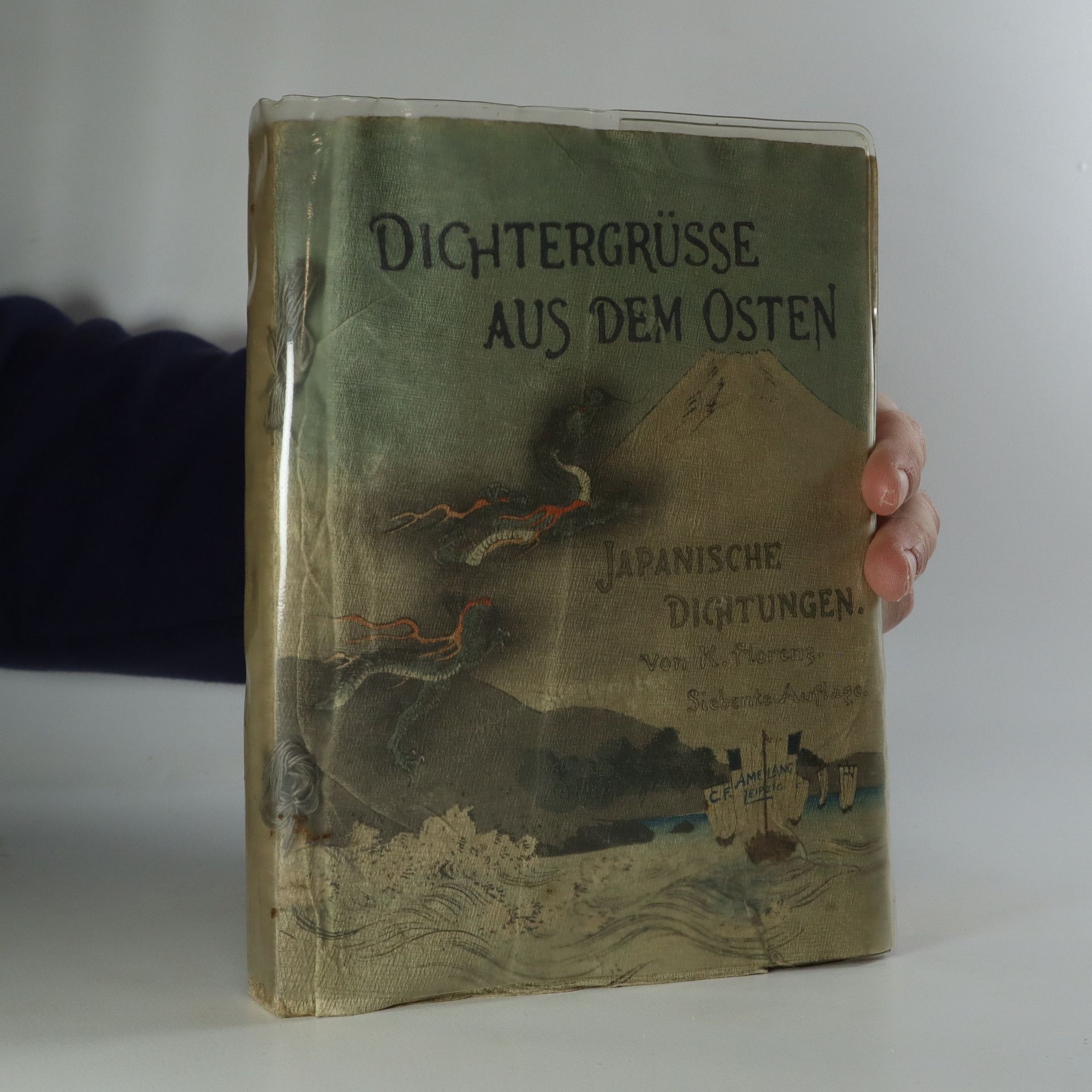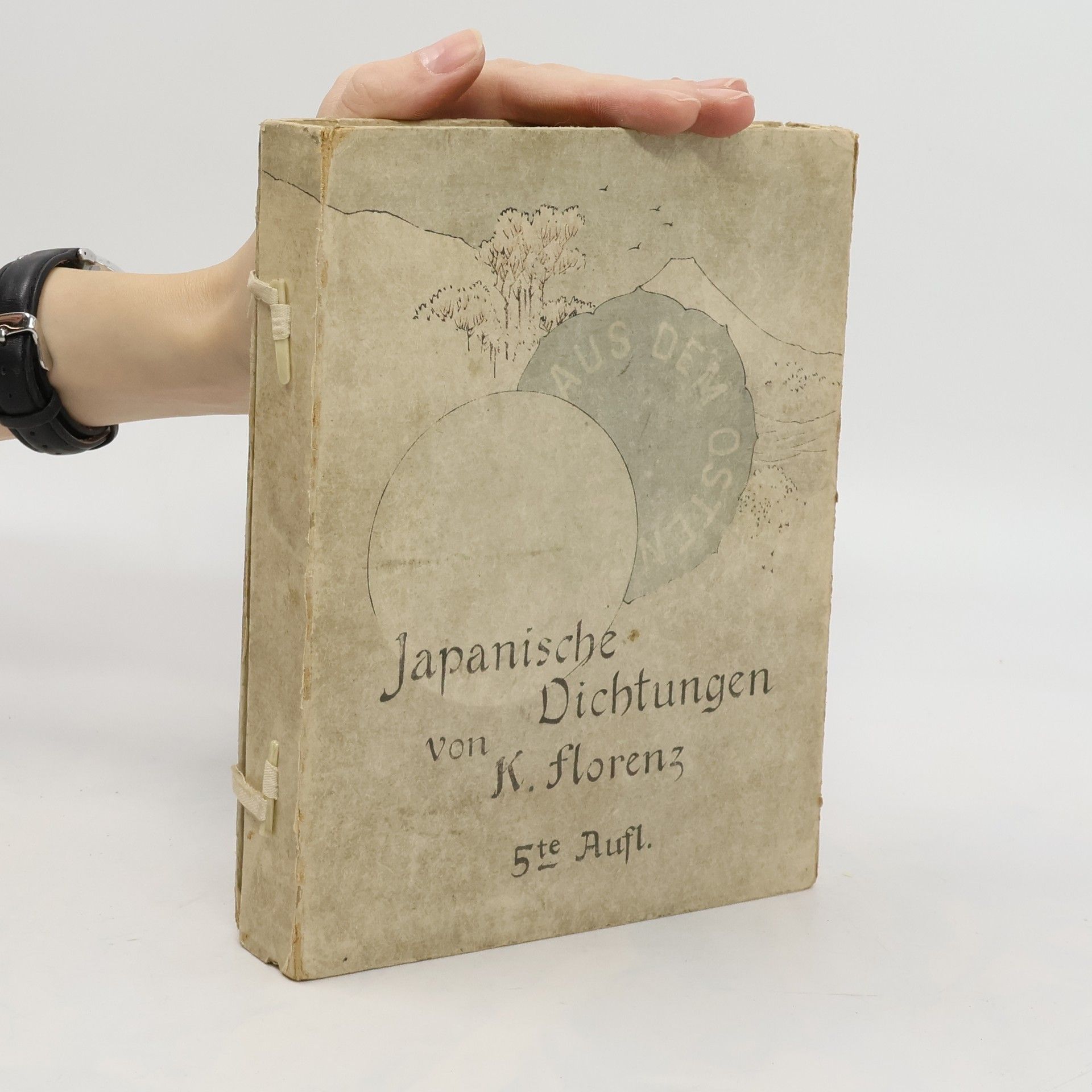Ancient Japanese Rituals and the Revival of Pure Shinto
- 253 pages
- 9 hours of reading
First published in 2002. What is Shinto? is the key question asked by all who seek to understand Japan and the Japanese, answered in this volume by Sir Ernest Satow, the great British scholar and diplomat. Shinto is the unique and little-known religious beliefs that flourished in Japan before the introduction of Buddhism and Confucianism, but there are many versions - which is the pure form? Satow begins with a detailed study of core Shinto rituals as revealed in ancient texts, which embody the deepest and oldest traditions of Shinto belief in divinity, national destiny and, above all, Japan's special favored status as 'the country of the gods', beliefs that endure today behind the facade of Japan Inc. Shinto rites, incantations, sacred objects and symbols are described meticulously, with illustrations and translations by Karl Florenz. Satow then describes how the Ancient Way of Shinto survived centuries of foreign influence to be revived during the Meiji era, when it became the driving force behind the transformation of Japan into a world power. Unrivalled for its scholarship and elegance, this is a classic in Japanese studies.



